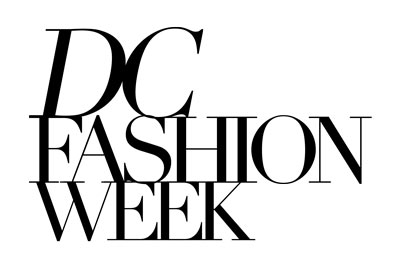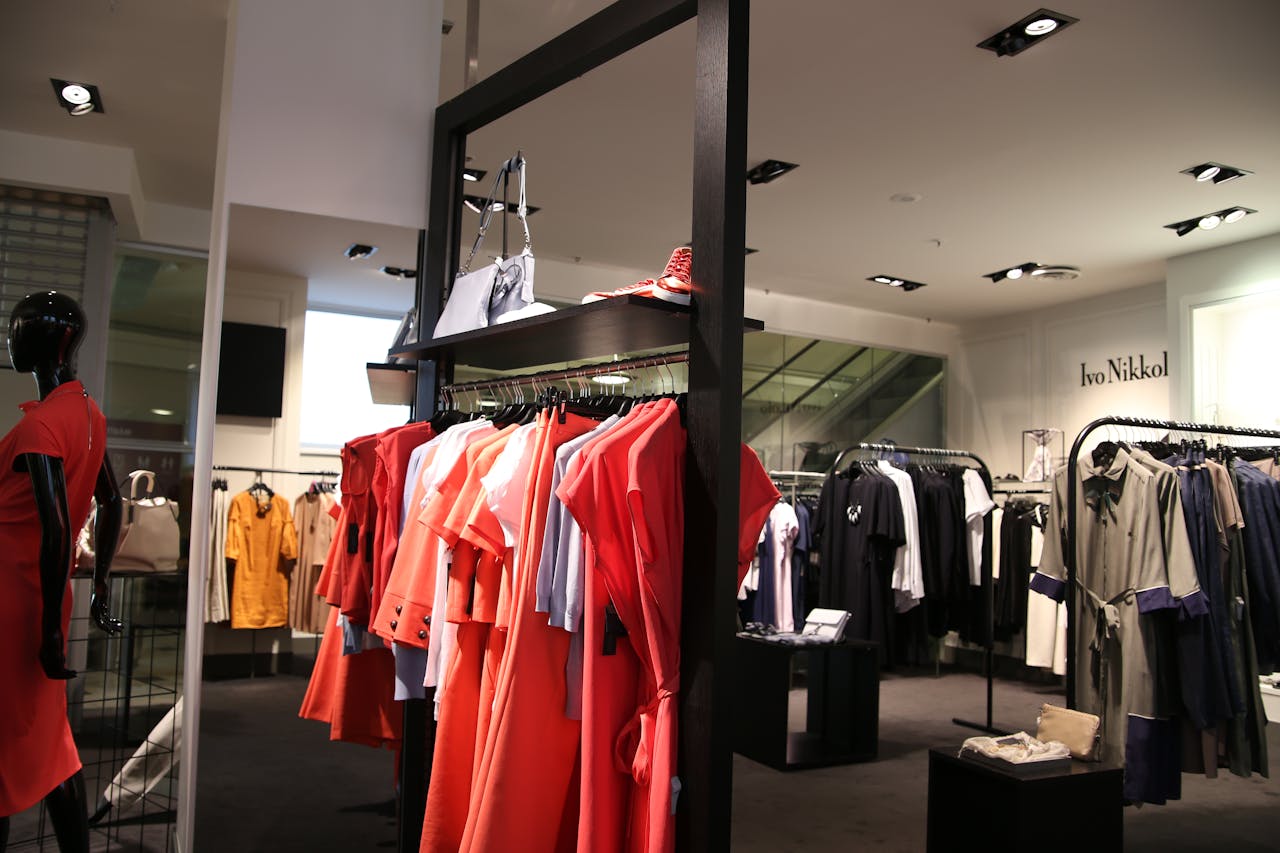Luxury in fashion is often tied to branding and price but those of us who really understand it know that the foundation is actually the fabric. It’s not just about how something looks on a hanger, it’s about how it feels on the body and how it moves, and natural fibers still outperform most synthetics when it comes to wearability and long term value. Silk, linen and cashmere offer more than softness, they hold color better, age more gracefully and have a weight or texture that simply looks elevated without trying. Many high end pieces lose their charm when the material doesn’t live up to the design, but even simple shapes feel more thoughtful when the fabric is right. For anyone building a wardrobe that leans into quiet luxury or minimalism, fabric is where the investment should start.
Fit Over Trend
There are changes happening in luxury fashion where the focus is less about showing what’s new and more about showing what works. For women who already have a sense of their style, trends are less relevant than fit. That doesn’t mean tailoring everything, but it does mean understanding how certain cuts sit on your shape and being selective with pieces that genuinely flatter you. A wide leg trouser in the wrong rise won’t do the same thing as one cut to the right length and waist, and the same goes for oversized pieces that need balance to avoid looking careless. Great luxury design pays attention to proportion, and that’s something that becomes more important over time. Pieces should work with the body, not against it, and good fit can make even the most relaxed outfit feel considered.
The Role of Accessories
Accessories can make or break a look, especially when the rest of the outfit leans more minimalist. That’s where luxury brands often justify their price tags- things like agood leather bag, a pair of sculptural earrings or a watch that signals taste can carry more weight than a loud print or overdesigned dress. Accessories in luxury fashion are less about excess and more about detail. It’s in the stitching of a belt, the finish of a clasp, or the polish on a pair of sunglasses. Pieces like scarf necklaces work well here because they add texture and shape without feeling over the top. These small things matter more when the rest of the outfit is pared back, and they’re often the pieces that get the most wear too, which is why quality should come before novelty. If there’s only one place to spend, this is usually it.
Why Labels Still Matter Sometimes
There’s no denying that names still carry weight in luxury fashion. For a certain audience, branding is about more than recognition. It speaks to craftsmanship, heritage and a specific point of view. Labels like The Row or Loewe signal a quieter, more studied approach to style than older legacy houses chasing mass appeal. That doesn’t mean head to toe logos or obvious flexes, but rather an appreciation for what a label stands for in terms of design history or consistent quality. Knowing where a piece comes from and how it fits into the broader fashion landscape is part of what makes it interesting. For those who follow fashion closely, it’s not just about owning something expensive. It’s about engaging with design on a deeper level.
Longevity Over Impact
The best luxury wardrobes aren’t filled quickly. They’re built slowly and often include pieces that aren’t immediately striking but hold up over time. This is one of the biggest distinctions between fashion that’s truly luxurious and fashion that only looks it. Longevity comes from smart design choices, quality materials and the ability to mix with what’s already there. A lot of fast luxury misses this mark, offering something that feels exciting in the moment but dates quickly. True luxury offers consistency, not just novelty. That’s something the more seasoned fashion audience already knows and continues to look for in new collections.

